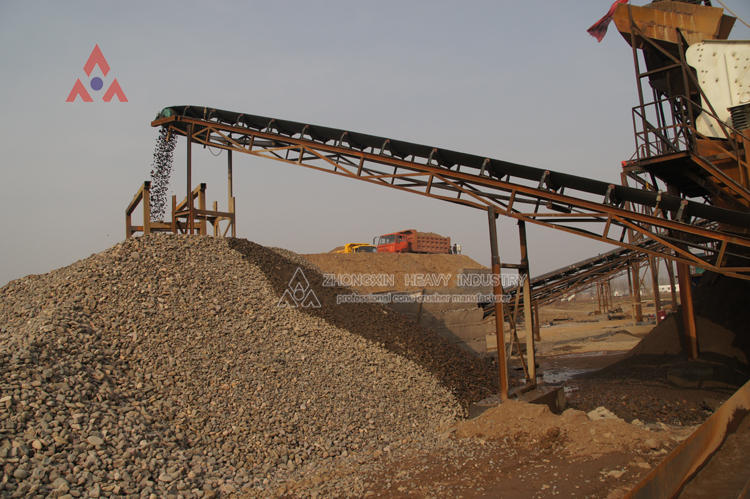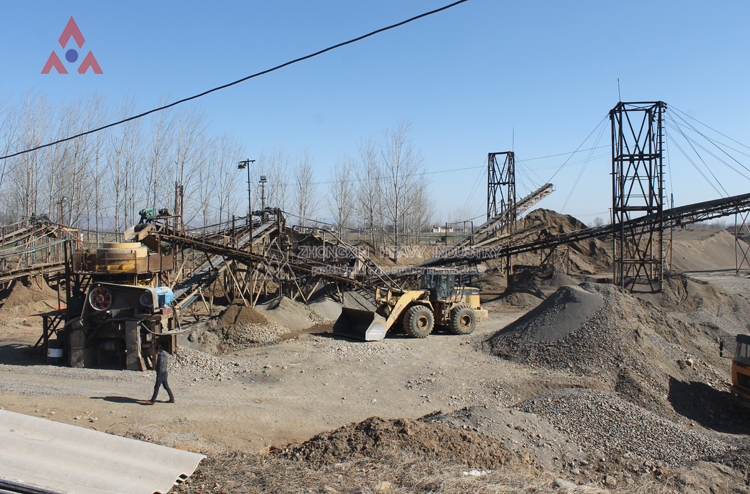2018-05-04 09:52:03
The vertical shaft impact crusher uses high-speed rotation of the rotor to throw materials entering the rotor into the crushing chamber, so that the materials collide with each other and break. The analysis of the state of the material in the crusher can further understand the working principle of the impact crusher.

First analyze the status of the material in the rotor. When the material enters the center of the rotor, the high-speed rotation of the rotor gives the material a very high acceleration and its radial velocity is al* zero. The material moves radially outward along with the air flow and other materials, and is driven by the inner material mat of the rotor to increase in speed and is thrown out of the rotor. Throughout this process, due to the material's high acceleration, it will have a violent impact on the throwing head and the wear block when leaving the rotor, which will cause serious wear and tear.
The state of the material in the crushing chamber is analyzed as follows. The crushing process of the vertical axis impact crusher mainly occurs in the crushing chamber. Material particles fly out of the rotor at various speeds, and the ejected material leaves the rotor along the tangential direction of the rotor, forming a rotating material flow. Impact collisions occur between these particles with different kinetic energies, and energy is transferred between the materials, which can convert intense impact friction into gentle grinding.
The material is subjected to resistance and is crushed at the same time as the energy is consumed, until all the energy is consumed and it is released from the crushing chamber and discharged through the discharge port. The movement of the material in the crushing chamber is an irregular movement. The material in the crushing chamber is in a “slug flow” state. The material crushing process is actually the energy exchange process between the materials. In the crushing process, the material cushion in the crushing chamber can play the role of an impact plate, and can also protect the crushing chamber, thereby reducing the abrasion of the crushing chamber when the material is broken.

 WhatsApp
WhatsApp Wechat
Wechat





 WhatsApp
WhatsApp Wechat
Wechat